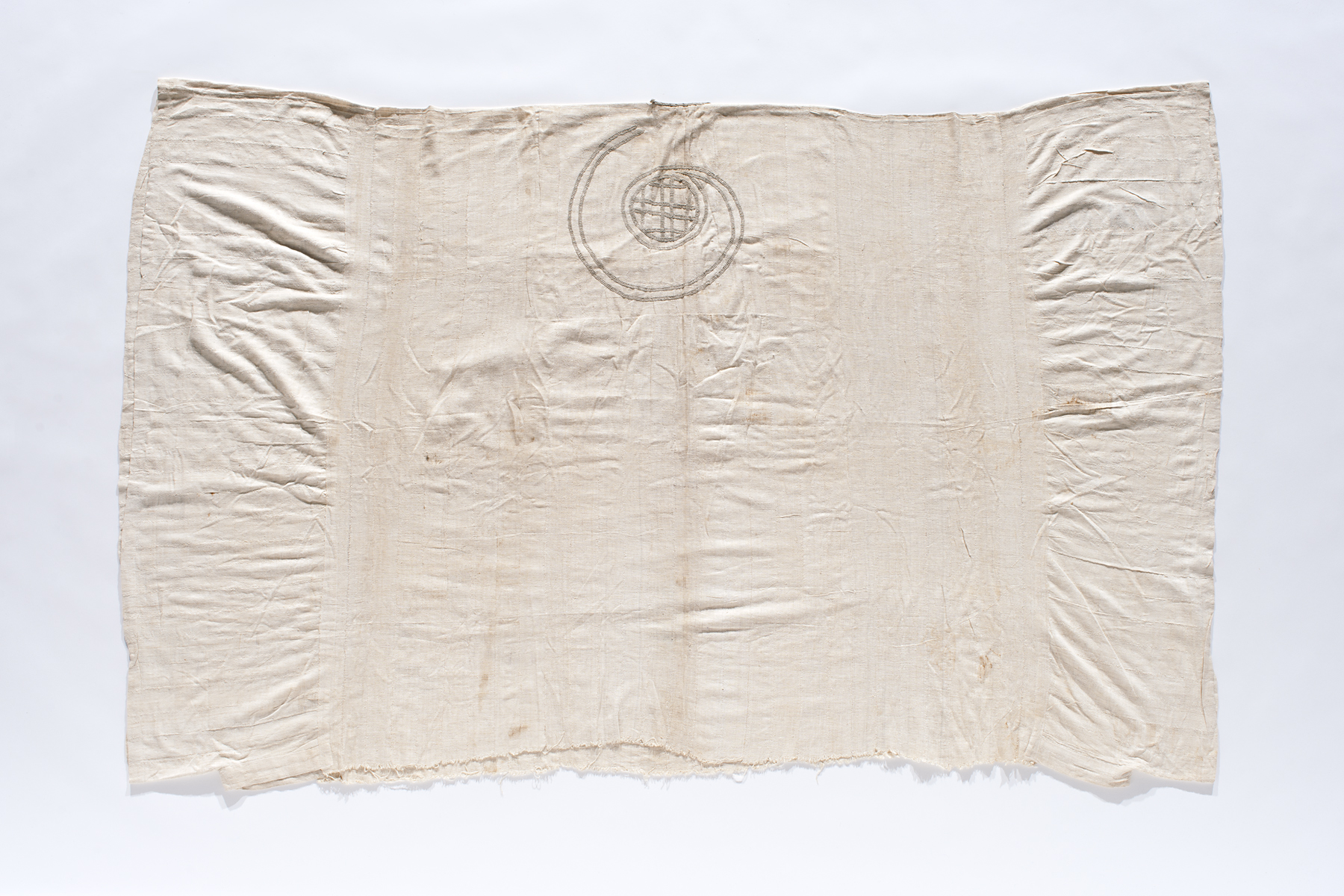babban riga (big gown), unrecorded Hausa-Fulani artist
Artwork Overview
unrecorded Hausa-Fulani artist, artist
babban riga (big gown),
1980
Where object was made: near Kano, Nigeria
Material/technique: silk; cotton; weaving; embroidering
Dimensions:
Object Height/Width (Height x Width): 142 x 223 cm
Object Height/Width (Height x Width): 55 7/8 x 87 13/16 in
Object Height/Width (Height x Width): 142 x 223 cm
Object Height/Width (Height x Width): 55 7/8 x 87 13/16 in
Credit line: Gift of Professor Beverly Mack
Accession number: 2011.0231
Not on display
If you wish to reproduce this image, please submit an image request



